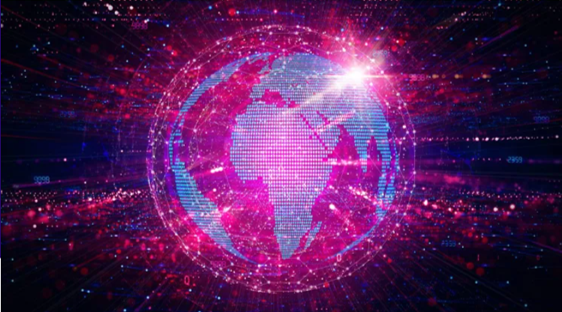K
Kathleen Martin
Guest
Every time someone invents a new standard, the rest of the world is compelled to comply: VHS to DVD, DVD to Blu-ray, or Blu-ray to streaming. Change is inexorable, but it can also be glacially slow. Converting the tech geeks and conspicuous consumers is easy, but getting the long tail of ordinary users to embrace the “new paradigm” is fiendishly hard — and so, it is with Web3.
We’re living through a transitional time when the slow deprecation of one standard is being countered with the mainstreaming of another. To say that red pilling the masses on the wonders of Web3 has been tough would be an understatement, however. At this stage, it cannot even be said for certain that Web3 will replace its numerical predecessor — rather, it is more of an if. For Web2 to go the way of the VHS and fully transition to a new format — much needs to happen first.
The promise and the problem
The current internet is, if not broken, extremely patchy. What started out as an information superhighway to connect people and ideas has degenerated into a siloed series of walled gardens where speech is metered and access is permissioned. Censorship, de-platforming, rent-seeking behavior by monopolistic tech giants and opaque data sharing — you name it, Web2 is guilty of it.
Web3 has the potential to, if not eradicate these problems, certainly ameliorate them. Distributed storage can provide redundancy, censorship resistance and mitigation of hacks. Digital IDs can support secure authentication. Blockchain can route assets and currencies and facilitate micropayments while circumventing the geo-restrictions that have caused Balkanization.
There are just two problems. The case for Web3 may be compelling to the tech-savvy, but to mass market users, it is nothing of the sort. Additionally, the average user simply cannot deal with Web3’s peculiarities, such as having to securely store a 24-word seed phrase in a way that is accessible for them but impossible for anyone else.
Continue reading: https://venturebeat.com/virtual/converting-web2-to-web3-wheres-the-on-ramp/
We’re living through a transitional time when the slow deprecation of one standard is being countered with the mainstreaming of another. To say that red pilling the masses on the wonders of Web3 has been tough would be an understatement, however. At this stage, it cannot even be said for certain that Web3 will replace its numerical predecessor — rather, it is more of an if. For Web2 to go the way of the VHS and fully transition to a new format — much needs to happen first.
The promise and the problem
The current internet is, if not broken, extremely patchy. What started out as an information superhighway to connect people and ideas has degenerated into a siloed series of walled gardens where speech is metered and access is permissioned. Censorship, de-platforming, rent-seeking behavior by monopolistic tech giants and opaque data sharing — you name it, Web2 is guilty of it.
Web3 has the potential to, if not eradicate these problems, certainly ameliorate them. Distributed storage can provide redundancy, censorship resistance and mitigation of hacks. Digital IDs can support secure authentication. Blockchain can route assets and currencies and facilitate micropayments while circumventing the geo-restrictions that have caused Balkanization.
There are just two problems. The case for Web3 may be compelling to the tech-savvy, but to mass market users, it is nothing of the sort. Additionally, the average user simply cannot deal with Web3’s peculiarities, such as having to securely store a 24-word seed phrase in a way that is accessible for them but impossible for anyone else.
Continue reading: https://venturebeat.com/virtual/converting-web2-to-web3-wheres-the-on-ramp/

